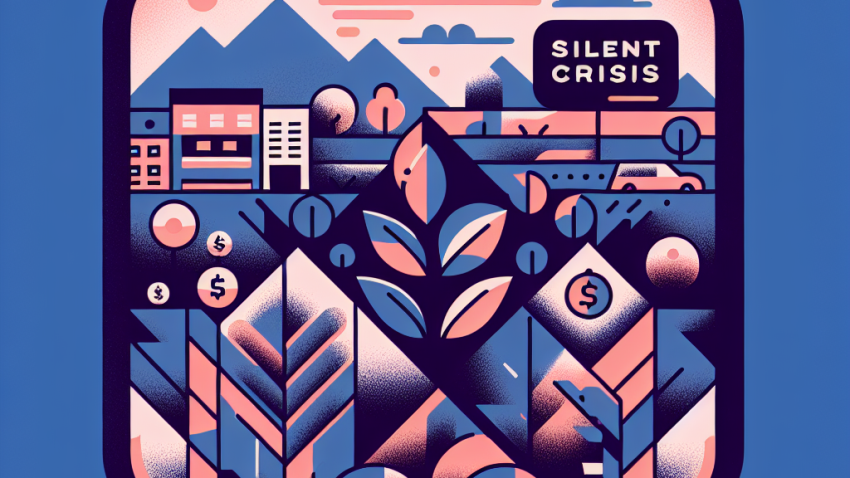
The Silent Crisis: Hidden Charges in Consumer Financial Products
The Hidden Costs of “Free” Financial Services: What You Need to Know
Let’s be clear—when something is labeled “free” in the financial world, your inner watchdog should start barking. As a consumer advocate and policy nerd who’s been in the trenches of financial literacy for over two decades, I’ve seen more than a few too-good-to-be-true offers turn into budgetary black holes. Spoiler alert: **free isn’t always free**—especially when it comes with invisible clauses, data collection schemes, or long-term consequences that sneak up like a raccoon in your trash bin.
So, if you’ve ever clicked on a “get your credit score free” button, downloaded a zero-cost budgeting app, or opened a no-fee bank account with wide-eyed enthusiasm, this article is for you. Let’s pull back the curtain, together.
What Do Financial Companies Mean by “Free”?
In its purest definition, “free” suggests **no cost** to you whatsoever—no money, no data, no strings. But in reality, many so-called free financial services rely on alternative methods to earn revenue. Companies might not charge you directly, but that doesn’t mean someone isn’t paying—or that you’re not paying in other ways.
Common “Free” Financial Services
- Free credit score websites
- No-fee checking or savings accounts
- Budgeting and investment apps
- Robo-advisors with “no management fees”
- “Freemium” tax preparation software
On the surface, they seem helpful, even empowering. But buried under the friendly UI and cheerful marketing, there’s often a revenue model that funnels value out of your pocket or your privacy.
The Real Price Tag: Hidden Costs You Didn’t Bargain For
To understand how these free services make money, you’ll need to channel your inner detective. Below are the most common hidden costs you should be scanning for like a hawk over Wall Street.
1. Your Data Is the Product
Many “free” platforms profit by collecting enormous amounts of personal data—your spending habits, payment history, income brackets, and even the brands you like—and monetizing it through third-party advertisers.
While it may feel inconsequential to trade your email for a financial dashboard, remember: **your personal data fuels targeted marketing, insurance decisions, and even lending algorithms**. It’s gold, and they’re mining it—daily.
2. Cross-Selling and Upselling
Ever signed up for a free budgeting app and days later received emails about high-yield savings accounts or credit repair services? These companies often refer or sell leads to partner financial institutions.
This isn’t illegal, but it can expose consumers—especially financially vulnerable ones—to more products than they need or can responsibly manage. It feels less like help and more like a digital sales floor.
3. Limited Functionality = Paid Upgrades
Freemium models entice users with basic functionality for free but require upgrades for the features that actually solve your problems. Tax prep software is notorious for this—free until you want to file with certain forms, then BAM, $79.99 out of nowhere.
This “free-to-fee” pipeline isn’t technically deceptive, but it can be dangerously misleading during financial planning if you don’t read the fine print before relying on the service.
4. Loss of Consumer Protections
Here’s a less obvious kicker: many free services fall outside traditional regulatory scrutiny. If a free financial app mishandles your data or funds, **you may not be protected under the same consumer laws that govern banks and credit unions**.
This means filing complaints or seeking restitution may take longer—or be entirely fruitless. Trust me, I’ve seen it play out, and it’s maddening.
Financial Policy and Regulation: Are We Doing Enough?
The Federal Trade Commission (FTC) and Consumer Financial Protection Bureau (CFPB) have made strides toward protecting consumers from misleading financial advertisements. But the pace of tech innovation has outstripped our regulatory frameworks in many areas.
Here’s the catch: because many free financial platforms fall under the “educational” or “tech platform” umbrella, they avoid the rigorous oversight that traditional financial institutions endure. This allows them to experiment on their users—often without adequate transparency or accountability.
We need smarter, faster guardrails—not to suppress innovation, but to protect the everyday consumer from being commodified in exchange for a shiny app interface.
How to Assess the True Cost of “Free”
Until policies catch up (I’m not holding my breath), being a savvy consumer starts with tough questions. Here’s a personal checklist I use—and recommend you do too:
- What am I giving in exchange for this free service?
- Is my personal or financial data being sold or shared?
- Will I be pressured into add-ons or paid upgrades?
- Are there alternatives with clearer transparency?
- Is the company regulated, insured, or accountable under U.S. consumer law?
Trust me, these five simple questions can save you from becoming the next cautionary tale in a Senate hearing or CFPB complaint log.
Ellie’s Advocacy Corner: Knowledge Is Power
One of my core beliefs—tattoo-worthy, honestly—is this: financial empowerment and consumer protection are two sides of the same coin. When we accept free tools without challenging their motives, we abandon our power as informed users.
So stay sharp, question everything labeled “free,” and let policy-minded watchdogs like myself keep advocating for the clear, accountable, and ethical financial systems we all deserve.
When “Free” Might Actually Be Free
Before I sign off with a warning scrawl, let me be fair: some institutions genuinely offer free products as part of community outreach or financial literacy missions. Credit unions, nonprofit services, and federally supported programs (like myFICO’s free credit score for military members) may be the exceptions that prove the rule.
But always do your homework. Just because it comes without a price tag doesn’t mean it comes without a cost.
Wrapping Up: Demand Better, Choose Smarter
In the rapidly growing universe of fintech, **“free” shouldn’t mean “free to exploit.”** As consumers, we have the right to transparency, fair access, and financial tools that serve our interests—not capitalize off of them.
Let’s hold companies accountable, push for smarter legislation, and fight like hell for the kind of financial landscape where “free” is finally truthful.
If you’ve had experiences—good or not-so-good—with so-called free financial services, drop me a line. And if you’re curious about our stance on consumer advocacy, visit our About Us page. Let’s keep pushing for visibility, protection, and power—because folks like you deserve investment, not exploitation.

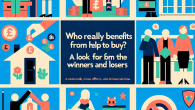

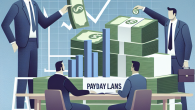
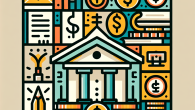
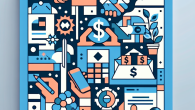
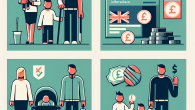
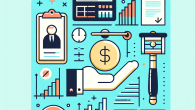
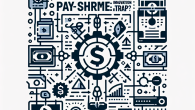
Leave a Reply